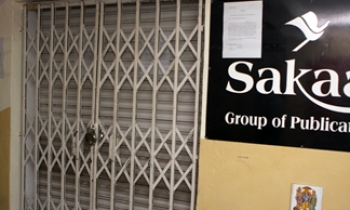Internet advertising revenues continue to rise sharply as new media outlets profit at the expense of traditional rivals.
Online advertising revenues in America increased by 26 per cent in the second quarter of 2005, compared with the same period last year, according to figures from the Interactive Advertising Bureau (IAB) and PricewaterhouseCoopers.
The pace of growth matched that for the first six months of the year, when revenues of $5.8 billion (?3.3bn) were recorded.
Signs emerged this morning that the British advertising market is showing a similar trend. Emap revealed that recruitment advertising revenues at its Nursing Times title were expected to plummet 30 per cent in the first-half. The fall was mainly due to the introduction of NHSjobs.com, an internal website for all NHS recruitment.
Online advertising still accounts for a small portion of the overall market - less than 5 per cent. However, conventional media companies, keen to profit from it, have this year snapped up several new media companies.
In March, The New York Times Co paid $410 million (?232m) for About.com. In July, News Corp, the parent company of Times Online, paid $580 million to buy MySpace.com.
In other deals, Dow Jones & Co bought the financial site MarketWatch.com for more than $520 million and The Washington Post Co acquired Slate, the web-zine, for an undisclosed sum.
"The consistent growth in overall revenues shows marketers may be shifting more of their total advertising budgets to online," said David Silverman, a partner at PricewaterhouseCoopers.
"This is a natural development as research shows more consumers are spending a larger percentage of their media time online, while the flow of advertising dollars follows."
According to the IAB report, the pace of migration towards online advertising was driven by paid-search advertising and rich-media ads that use video and audio content to entice possible consumers.
Paid-search advertising, where advertisers pay to have their website appear near the top of a list of results when a user searches for certain key-words still dominate spending, accounting for 40 per cent of online advertising spend.









